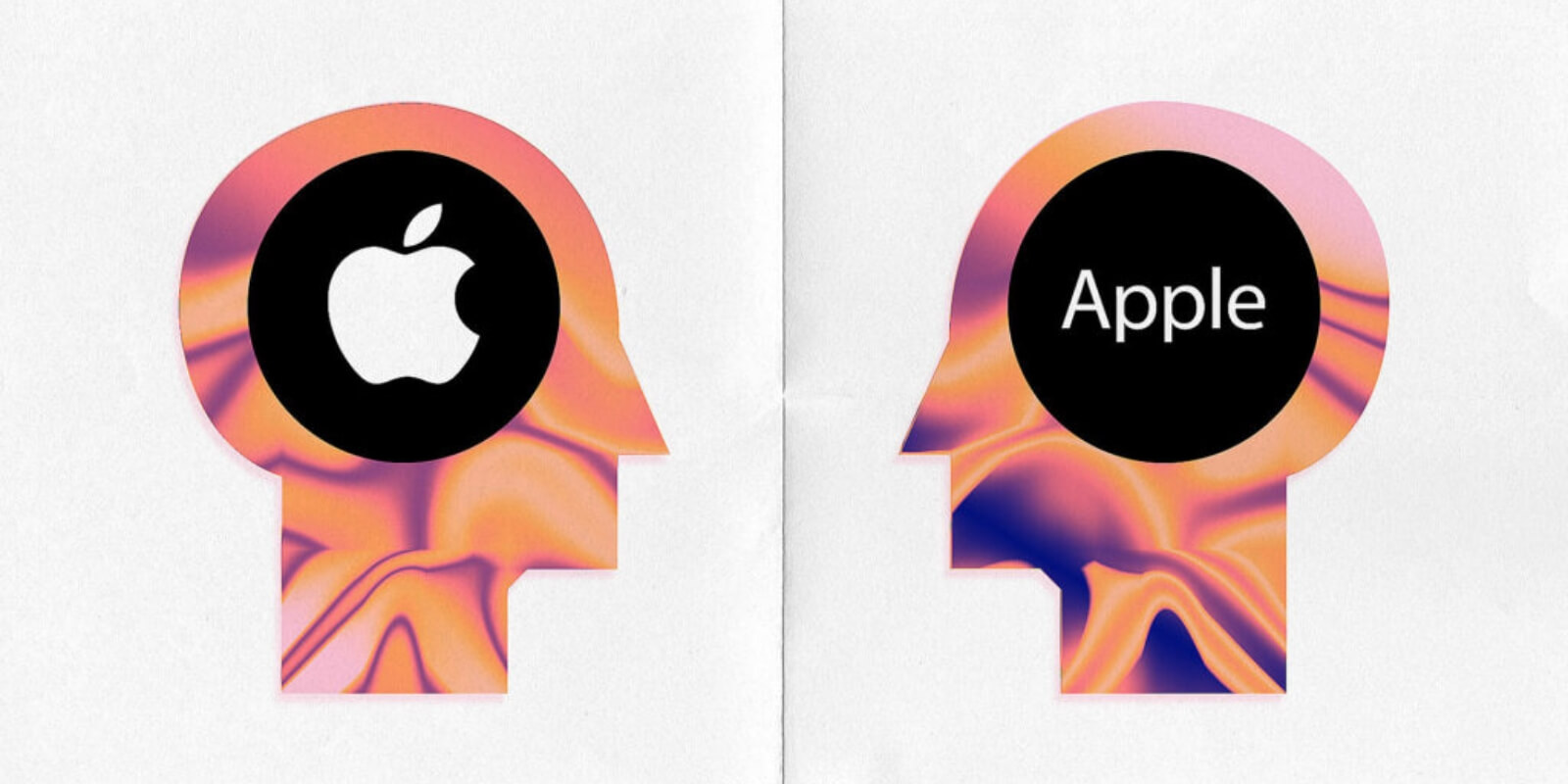| Dubai, UAE
Logo vs. Brand: What’s the Difference?
When you think about a company, the first thing that often comes to mind is its logo. Whether it’s the swoosh of Nike, the golden arches of McDonald’s, or the apple of Apple, logos are powerful symbols. However, a logo alone does not represent the entire brand. A logo is a graphic mark, emblem, or symbol that represents a company visually. It’s designed to be simple, memorable, and instantly recognizable. Logos help customers identify a business quickly and differentiate it from competitors. But a logo is just one component of a much larger concept, the brand. A brand is the overall perception and emotional connection people have with a company, product, or service. It includes everything from the company’s values, personality, voice, customer service, reputation, and even the way it makes people feel. The brand is the sum of all experiences, communications, and interactions people have with the business. To illustrate the difference, imagine Starbucks. Its logo is a green siren, but the Starbucks brand is much more. It’s the cozy atmosphere in their cafés, the friendly baristas, the smell of fresh coffee, the consistent quality, and the values of ethical sourcing and sustainability. All these aspects together form the Starbucks brand, while the logo is just the visual shorthand. Many businesses make the mistake of thinking that a good logo is enough to build their brand. But without consistent messaging, clear values, and positive customer experiences, a logo is just a pretty picture. A logo might create a first impression, but the brand is what creates loyalty and long-term engagement. Building a strong brand requires strategy. It involves defining your mission, vision, and values, then communicating them clearly and consistently across every touchpoint, from your website and advertising to your social media and customer interactions. Consistency in tone, color palette, language, and design helps reinforce your brand identity and ensures customers remember you for the right reasons. The brand also influences how your target audience feels about you. It shapes trust, loyalty, and preference. A strong brand can even command higher prices and create advocates who promote your business naturally. Think of how people line up for Apple product launches or proudly display Starbucks cups, these are brand-driven behaviors. Your brand also plays a vital role in storytelling. It conveys your narrative to your audience, not just in what you say, but how you say it and how you behave as a company. For example, brands like Patagonia or TOMS don’t just sell products, they sell a mission. Their brands are rooted in social responsibility, and their customers buy into that philosophy as much as the product itself. In contrast, a logo is static. It doesn’t adapt to situations or respond to customer concerns. It doesn’t tell your story. But when used effectively as part of a broader brand strategy, a logo becomes a strong visual trigger for everything your brand stands for.
It’s important to note that the logo should align with the brand’s tone and personality. A playful brand might use bright colors and quirky typography, while a luxury brand might opt for a minimalist and elegant logo. But again, the real power lies in the experience behind the image. In today’s crowded markets, your brand is what sets you apart. Your logo might catch attention, but your brand keeps people coming back. It’s what customers talk about when they recommend you to others, what they remember long after their first visit, and what gives your business its unique place in their minds. In summary, a logo is a visual symbol that represents your company, while your brand is the entire experience and reputation that surrounds it. Both are important, but the brand is what truly builds lasting relationships with customers. Invest in your brand like you would in your product or service, because it’s what ultimately defines your success.
